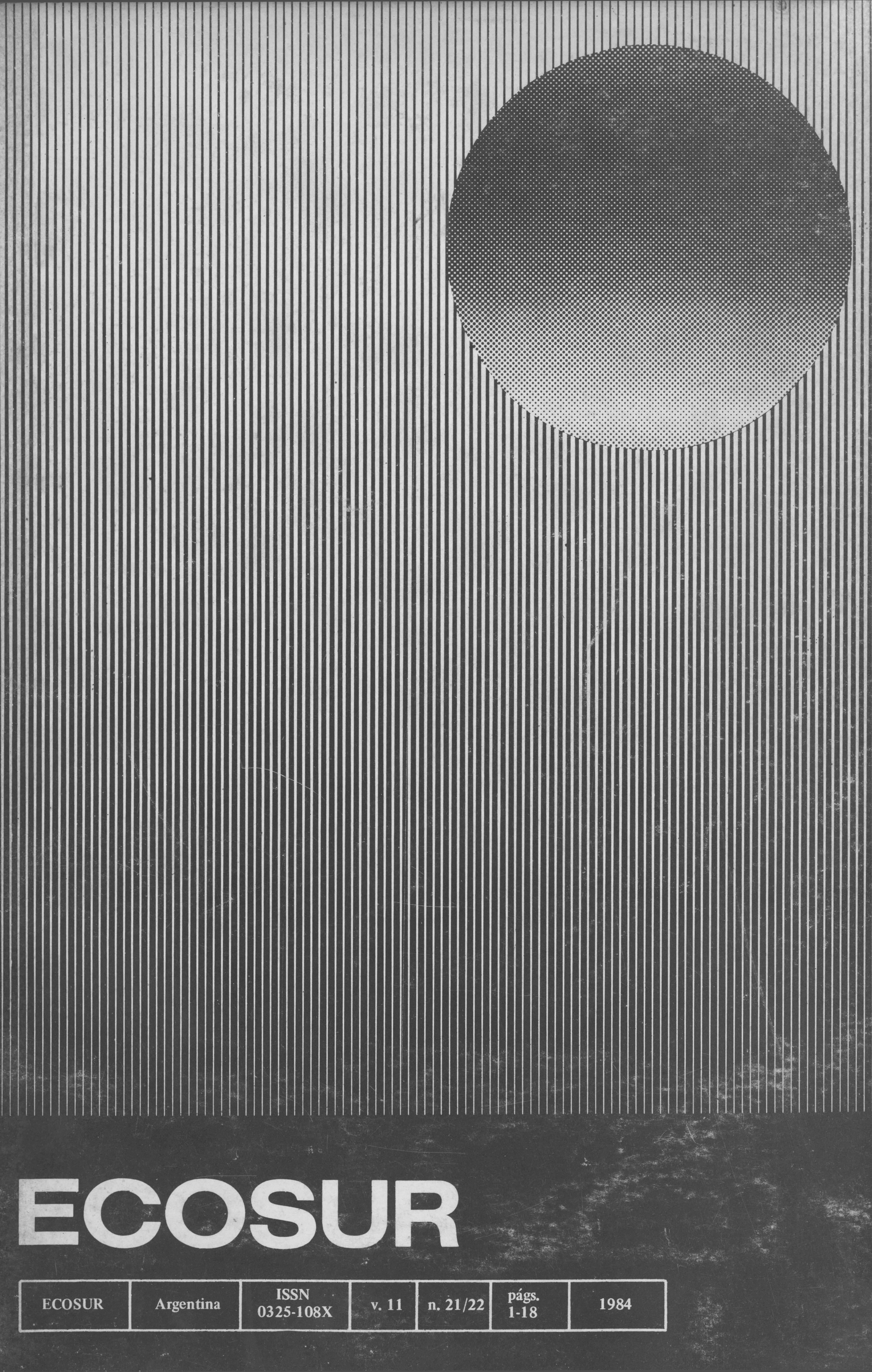Cambios estacionales en la biomasa de Eichhornia crassipes (Mart.) Somls y su fauna en una laguna del Chaco (Argentina)
DOI:
https://doi.org/10.30972/eco.11217357Palabras clave:
Eichhornia crassipes, Chaco (Argentina), fitofágos, fitomasa, lagunaResumen
Biomass determinations were made in natural stands of Eichhornia crassipes throughout two year. The samples were monthly collected with a 62 cm diameter ring. The values indicated in the text are the averages of five replicates taken in a transection from a littoral to a central position.
The annual net production was obtained from the difference between the final and initial biomass.
Four functional compartments were considering: total standing crop; green leaves, roots and rhizomes biomass; dead attached leaves and litter. The greatest total standing crop found in mid summer, was 25 Tn/ha. In the same period, the máximum biomass was recorded. The roots and rhizomes have representad between 31 and 55% of the biomass.
The máximum rate of biomass change was found in setember (6,30 Tn/ha).
Losses by death (attached leaves and litter) were small before the seasonal máximum plant biomass. The litter ocurring in spring time, has been produced during the last winter.
The fauna biomass in the Barranqueras pond was much lower than in other subtropical lakes (8 g/m3 in winter and 16 g/m3 in summer).
The high losses from a E. crassipes community are related with the fast activity of the fitofagous during the summer.

